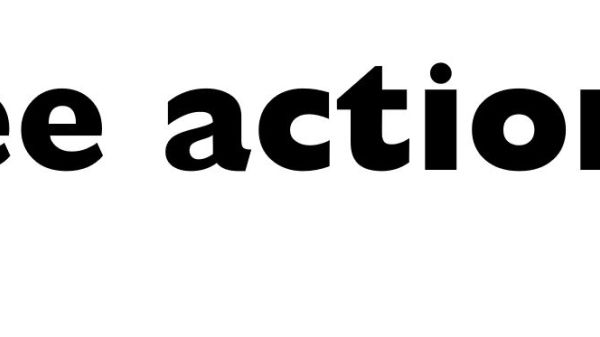Designing Environmental Education Programs for Environmental Action

The book Communicating Climate Change: A Guide for Educators was recently published by Cornell University Press (available for download here: http://www.cornellopen.org/9781501730795/communicating-climate-change). Cornell Press’ introduction of the book begins: “Environmental educators face a formidable challenge when they approach climate change due to the complexity of the science and of the political and cultural contexts in which people live. There is a clear consensus among climate scientists that climate change is already occurring as a result of human activities, but high levels of climate change awareness and growing levels of concern have not translated into meaningful action.”
This is a common problem in environmental education. Educating people about a topic, even getting them to care about it, often does not translate into action. I’ve been thinking about this problem a lot lately in light of research I’ve been doing to support STEM education in a local school. The model of education I was raised in can be very roughly summarized as teacher gives information, student receives information and is required to learn it, perhaps even apply it. This model was improved by incorporating hands-on activities. Yet, even if hands-on activities are featured prominently, the information still comes pre-packaged. There is a known outcome expected for the activity. Approaching topics this way doesn’t engage the natural problem-solving tendency of the brain. It encourages the student to associate the topic with passively receiving information rather than actively engaging in creating solutions.
K-12 STEM education is starting to incorporate the Engineering Design Process to prepare students to think in the ways that STEM jobs require. The Engineering Design Process is simpler than it may sound, and you’ll probably find that you do this as part of your day to day living already. Here’s a simple graphic of the Engineering Design Process from Hand2mind.com:

Isn’t this process exactly what we hope people will do with what they learn in our EE programs? What better way to encourage that, than to incorporate it in right into our programs? Provide the real-life problem and constraints, then ask participants to move through the design process. The outcome of the program is created by the participants. They feel a sense ownership of that outcome, because it quite literally is theirs. Their problem-solving brain has been activated around the environmental topic at hand.
Approaching EE in this way doesn’t take a radical reworking of programs, just a shift in how the topic is presented and sometimes different hands-on materials. What are some EE programs you know of that already incorporate this approach? Do you think this approach could improve our ability to encourage environmental action?
